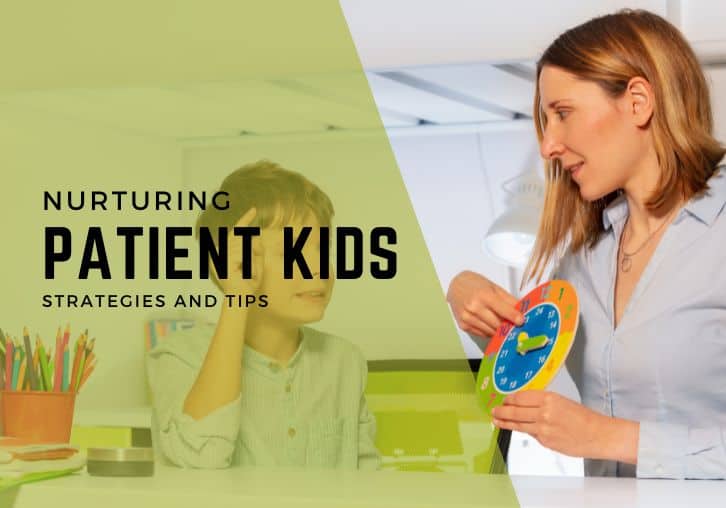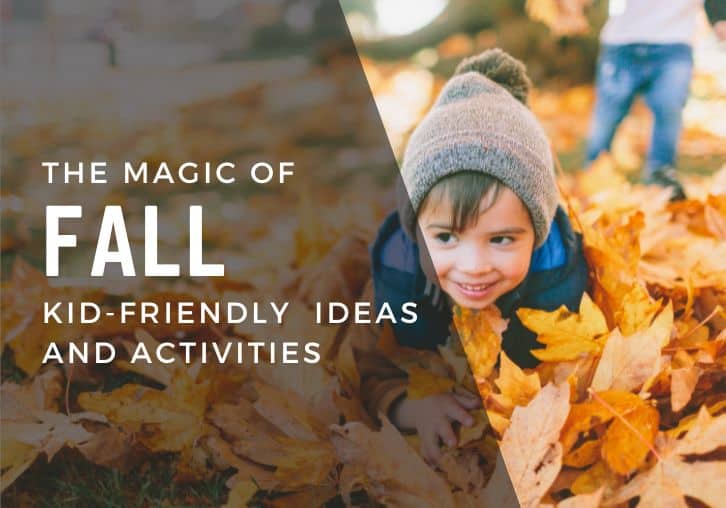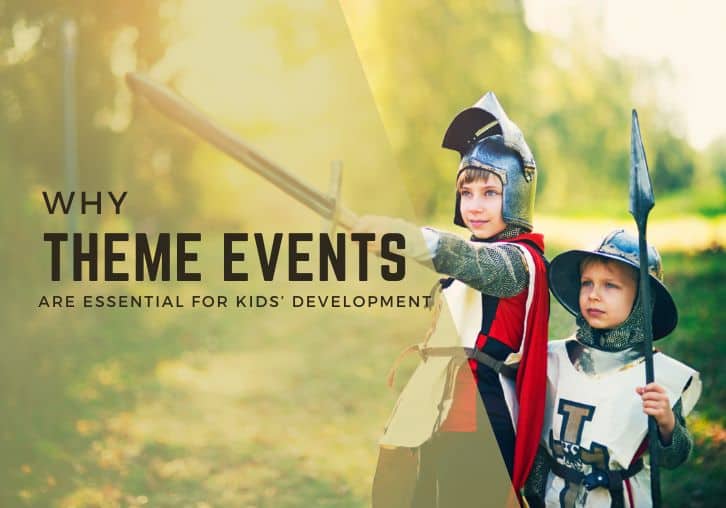
Elvine Assouline - Founder
Table of Contents
The Significance of Time Preferences: Insights from Dr. Isabelle Brocas
Time preferences, the choice between valuing the present or future rewards, are crucial in shaping our decision-making. Dr. Isabelle Brocas, Ph.D., a noted psychologist, explores this concept in her Psychology Today article, “The Development of Time Preferences in Children.” Through her research, Dr. Brocas explains how these preferences, observable in scenarios like the Marshmallow Test, reflect the complex interplay between a child’s immediate desires and their capacity for future-oriented thinking. Her insights reveal that understanding and nurturing these preferences from a young age can profoundly impact a child’s ability to make balanced decisions, highlighting the importance of patience and strategic planning in child development.
From Infancy to Adolescence: The Evolution of Patience
The journey of developing patience and understanding the concept of delayed gratification is a fascinating aspect of human development, stretching from the early years of infancy through the tumultuous period of adolescence. This progression is not linear; it ebbs and flows, influenced by a myriad of factors including cognitive development, environmental influences, and educational interventions. Here’s a closer look at how patience evolves through these formative years.
Early Childhood (Ages 1-8):

Late Childhood (Ages 8-12):
As children grow, they encounter more complex challenges and opportunities that test their developing sense of patience. Despite noticeable improvements from their earlier years, the temptation for instant gratification remains a formidable force. Creative interventions become crucial during this stage to further nurture patience. Techniques such as encouraging children to envision their future selves achieving larger goals can be particularly effective. This imaginative exercise helps them understand the connection between current actions and future outcomes, strengthening their decision-making process and ability to wait for more meaningful rewards.
Adolescence (Ages 13-18):

The evolution of patience from infancy through adolescence is a complex, multifaceted process that requires support, guidance, and appropriate interventions at each stage. By understanding the developmental needs at each phase of growth, parents and educators can tailor their approaches to effectively foster this critical skill, setting the foundation for a lifetime of wise and patient decision-making.
Influential Factors and Neurological Underpinnings
A child’s development of time preferences is influenced by various factors, including gender, socio-economic status, and cognitive abilities. Furthermore, the maturation of the brain’s prefrontal cortex plays a significant role in enhancing the ability to resist immediate temptations in favor of long-term goals.
Cultivating Patience Through Creative Engagement
Teaching children about patience and time management can be as enjoyable as it is educational, especially when creativity is part of the learning process. At The Fun Master, we’re dedicated to providing party experiences that not only entertain but also enrich. Our Rubik’s Cube and Pixel Art Birthday Party, for instance, showcases the remarkable talent of artist Mikael Taieb, who creates breathtaking portraits from 400 mini Rubik’s cubes. This live performance captivates children, demonstrating the incredible results of patience and attention to detail—no software, just skill and creativity. Each child witnesses the magic of their portrait unfolding, a powerful metaphor for the rewards of patience. They’re left with not just a memorable birthday experience but also a tangible 8×8 Chromaluxe metal print of their pixel art portrait, a lasting reminder of the event.
Similarly, our Lego Party theme elevates the classic joy of building with LEGO® to a new level. We offer everything from basic builds to robotics, making it a perfect adventure for every aspiring builder, regardless of their previous experience. These parties aren’t just playtime; they’re a hands-on opportunity for kids to learn about teamwork, problem-solving, and, most importantly, the patience required to see a project through from conception to completion. Our experienced Creative Leaders guide the children through their building journey, ensuring a blend of fun, learning, and creative achievement.

Both the Rubik’s Cube Pixel Art and Lego themed parties are embodiments of The Fun Master’s commitment to merging art, entertainment, and education. They offer unique avenues for children to engage in activities that naturally incorporate patience and strategic thinking, all while having an incredible amount of fun. These parties not only celebrate a child’s special day but also equip them with valuable life skills, making each celebration a step towards mastering patience and time management.
FAQs on Developing Time Awareness in Children
Engaging children in structured activities that require them to think ahead or wait for outcomes is key. Our themed parties, such as the Rubik’s Cube event, offer perfect opportunities for children to practice these skills in a joyous, celebratory setting.
Children begin to grasp the basics of time perception early in life, with significant developmental milestones occurring throughout early childhood. By incorporating age-appropriate activities that challenge them to wait and anticipate, we can help them hone this understanding.
Early childhood is a critical period for developing a preliminary sense of time and patience. Through play, interaction, and structured activities, children learn the relationship between actions and outcomes, laying the groundwork for future decision-making skills.
Conclusion
The development of patience and a sense of time in children is a complex process influenced by a myriad of factors. At The Fun Master, we believe in the power of play and celebration as vehicles for teaching these essential life skills. Through our meticulously designed party themes, like the Rubik’s Cube and Pixel Art Birthday Party and the Lego Party, we offer unique opportunities for children to engage in activities that promote patience, strategic thinking, and time management in an atmosphere of fun and excitement. Join us in nurturing the next generation of patient, thoughtful decision-makers.

















































